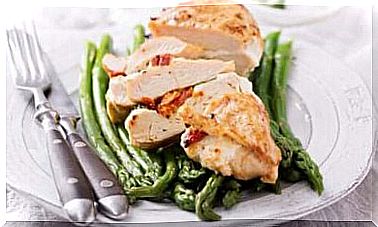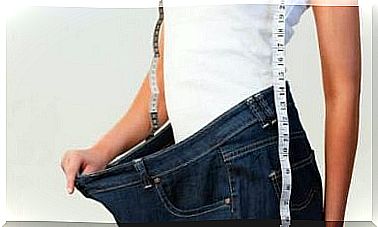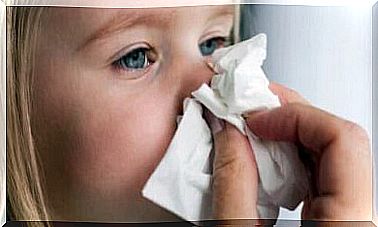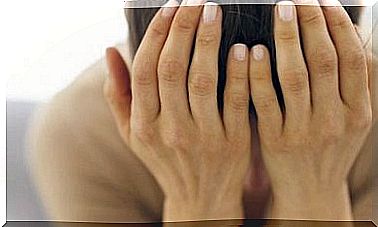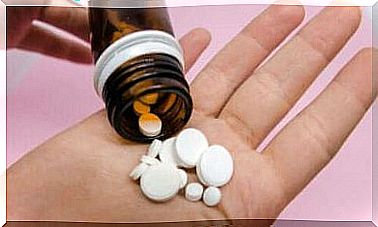Stroke – How To Provide First Aid?
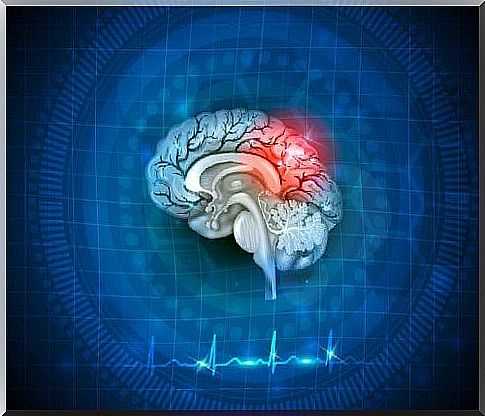
A stroke occurs when this organ is bleeding or when the blood flow is not at normal levels. As a result, within minutes, the brain begins to fail because essential nutrients do not reach the neurons.
In this case, it is extremely important to see a doctor as soon as possible. This is because stroke is a really serious medical problem. The sooner a person is able to receive professional treatment, the less chance they have of permanent brain damage.
However, there are a number of first aid procedures you can follow while waiting for the ambulance to arrive.
Stroke: first aid based on the ” FAST ” test
If you think you or someone else may be having a stroke, use the ” FAST ” policy to check for possible warning symptoms. The name comes from the first letters of four points that you absolutely need to pay attention to:
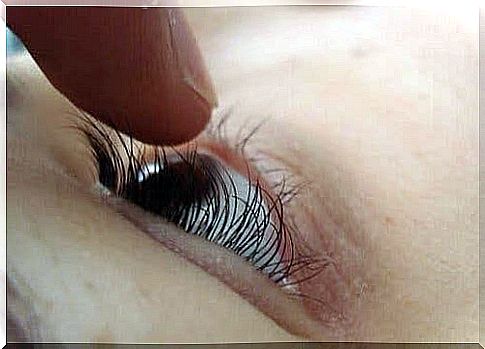
- F ace – face: one side or face of a person “falls” when she tries to smile?
- A rms – arms: does one arm droop much lower than the other when the person tries to raise both arms to a level?
- S peech – speech: is the person able to repeat a simple sentence? Or maybe he has a problem with saying individual words? Are they difficult to understand?
- T ime – time: every minute is precious when you have a stroke. You must call an ambulance immediately.
The following symptoms are also signs that indicate a stroke. They mainly include:
- Weakness or a feeling of numbness on one side of the body.
- Blurred vision or even loss of vision, especially in one eye.
- Unexpected severe headache.
- Dizziness, trouble balance or fainting.
Other first aid procedures
First, when the person is unconscious or unresponsive, place them face-up by lifting their chin with one hand. You also need to check that she is breathing correctly by placing your ear close to her mouth, examining her chest and trying to feel the breath. If he is not breathing, you must start the CPR procedure.
CPR first aid for strokes
When a stroke goes into cardiac arrest, a first aid procedure (CPR) could save a person’s life.
CPR, or CPR, is a life-saving procedure performed on a person in cardiac arrest. It is a good idea to complete the first aid course in advance to learn the correct rules of procedure.
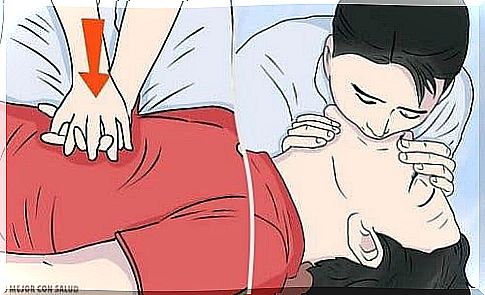
However, even just theoretical knowledge of basic CPR techniques can be useful for everyone, as an emergency can happen at the most unexpected moment and we can all be a victim of it.
There are two stages of CPR that should be alternated:
- Chest compressions: This keeps the blood flowing.
- Mouth-to-mouth resuscitation: this ensures that the victim continues to receive oxygen.
Chest compressions should be done first so that blood continues to flow to the organs:
- To do this, you must kneel next to the unconscious person and place the heel of the hand – the wrist – in the center of their chest.
- Then put your other hand on top, bringing your fingers together. Using a rate of 100 to 120 compressions per minute, you must give yourself a firm 30 compressions.
Then you need to perform mouth-to-mouth artificial respiration. You must blow air into the unconscious person’s mouth twice and check that enough air is getting into the lungs. It is enough to check that the person’s chest is “inflated”.
Repeat these steps until the person recovers or professional help arrives.
Stroke: what you shouldn’t do under any circumstances
Many times, to help the victim, we unconsciously do things that can only make the situation worse. Don’t try to ease your symptoms. It will only be a waste of time. Do not give a person experiencing a potential cardiovascular event any food or drink.
Stroke – How Can You Prevent It?
As always when it comes to health, prevention is the key to success. Some factors that increase the risk of cardiovascular disorders include:
- High blood pressure
- Previous stroke
- Smoking
- Any type of diabetes
- Heart diseases
- Age
Therefore, the best way to prevent stroke is to avoid the above risk factors and other harmful habits. For example, in addition to quitting smoking, you should also try to stop drinking alcohol and never take any medication on your own.
In addition, it is important to maintain a healthy weight, exercise for at least 30 minutes a day, and eat a balanced diet. Another tip is to check your blood pressure regularly, as well as your blood glucose and cholesterol levels.
The last recommendation is to have your health checked regularly. At least annually or every six months for the elderly. If the doctor has prepared an individual treatment plan for you, you must follow it to the letter.
